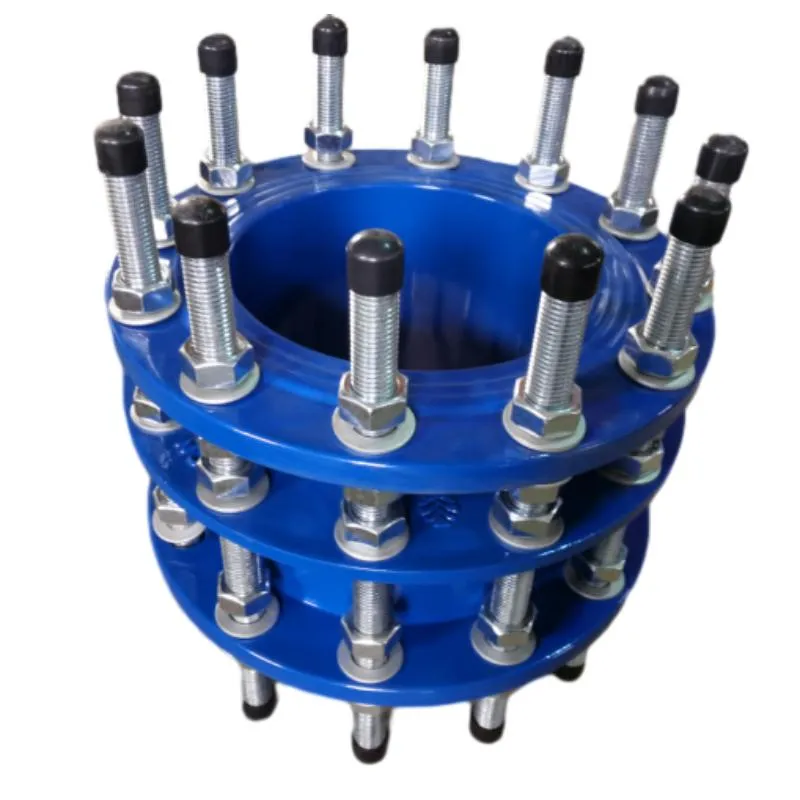Innovative Designs for Contemporary Street Bollards and Their Practical Uses
Modern Bollards An Essential Urban Design Element
In today's urban landscape, safety and aesthetics must go hand in hand. As cities become increasingly crowded, the need for effective traffic management and crowd control has evolved dramatically. Among the various design elements that have risen to prominence in addressing these challenges, modern bollards stand out as a versatile solution that combines functionality with style.
What Are Modern Bollards?
Bollards are short, sturdy vertical posts typically used to control traffic and enhance pedestrian safety. Historically made from concrete or steel, modern bollards have transformed significantly. Today, they are available in an array of materials, colors, and designs. They serve multiple purposes—from protecting pedestrians and restricting vehicular access to enhancing the visual appeal of urban spaces.
The Multifunctionality of Bollards
Modern bollards are not just barriers; they are multifunctional features that serve various roles. For instance, security bollards are designed to withstand high impacts, safeguarding public areas from unintentional or deliberate vehicle incursions. These are especially crucial in places with high foot traffic, such as shopping districts, airports, and concert venues. In contrast, decorative bollards enhance aesthetics while providing subtle barriers for traffic direction or seating areas. Their designs can complement the surrounding architecture, contributing positively to the environment.
Moreover, with the rise of smart cities, the role of modern bollards has expanded. Some advanced models are equipped with technology to monitor pedestrian movement, integrate with traffic lights, or even serve as charging stations for electric vehicles. This adaptability makes them an integral part of urban infrastructure, aligning with the vision of smart and connected urban environments.
Safety and Security Features
modern bollards

The primary purpose of modern bollards remains enhancing safety. By creating a physical barrier, they direct foot traffic, preventing pedestrians from stepping into the road. In emergencies or crowded situations, they help manage crowd flow, guiding people away from dangers. Security bollards, specifically, are engineered to withstand significant force. They are tested to meet standards that ensure they can stop vehicles traveling at high speeds, thus addressing the critical need for public safety.
Sustainability and Materials
Sustainability is a growing concern in urban design, and manufacturers are responding by using eco-friendly materials for modern bollards. Recycled plastics, metals, and sustainable wood are now common materials in bollard production. These environmentally friendly options not only reduce waste but also appeal to a growing segment of eco-conscious consumers and city planners. Integrating personal and community values into urban designs fosters a sense of ownership and pride among residents.
Aesthetic Contributions
While modern bollards are primarily functional, they also make significant contributions to the urban aesthetic. Available in various styles—from minimalistic to ornate—they can be designed to reflect cultural heritage, artistic expressions, or contemporary trends. Strategic placement of bollards can enhance pedestrian experiences, creating inviting spaces that encourage social interaction and community activities.
Conclusion
Modern bollards are more than just traffic barriers; they are essential elements of urban design that enhance safety, security, and aesthetics. As cities continue to grow and evolve, the role of bollards will undoubtedly expand, integrating innovative technologies and sustainable practices. By understanding the significance of these functional designs, urban planners, architects, and residents can collaborate to create safer, more beautiful, and more sustainable spaces in which to live and thrive. In an increasingly complex urban environment, modern bollards stand as silent guardians, ensuring that our roads remain safe and our public spaces become vibrant hubs of activity.
-
The Smarter Choice for Pedestrian AreasNewsJun.30,2025
-
The Gold Standard in Round Drain CoversNewsJun.30,2025
-
The Gold Standard in Manhole Cover SystemsNewsJun.30,2025
-
Superior Drainage Solutions with Premium Gully GratesNewsJun.30,2025
-
Superior Drainage Solutions for Global InfrastructureNewsJun.30,2025
-
Square Manhole Solutions for Modern InfrastructureNewsJun.30,2025
-
Premium Manhole Covers for Modern InfrastructureNewsJun.30,2025
